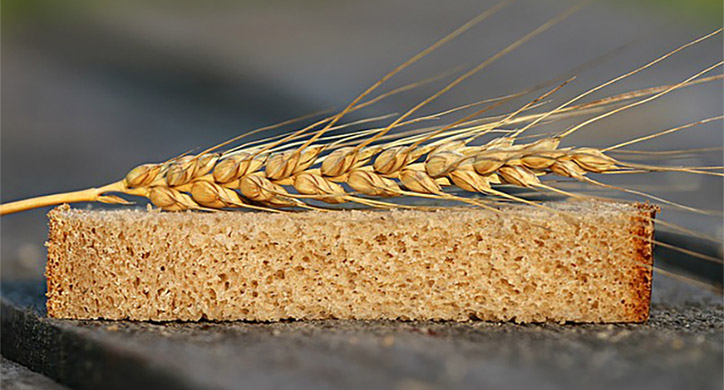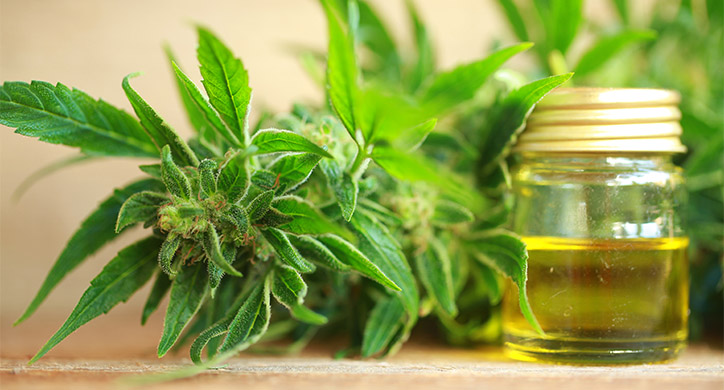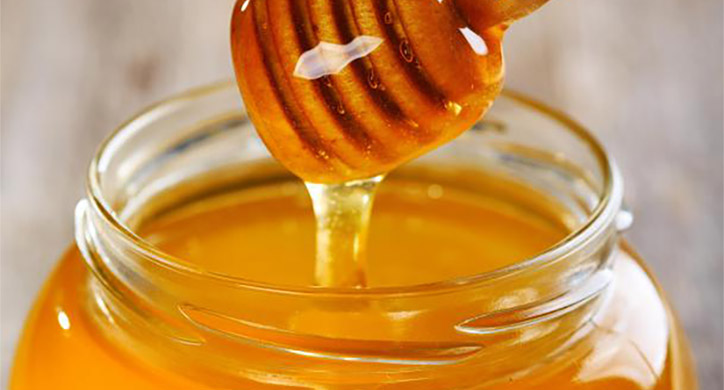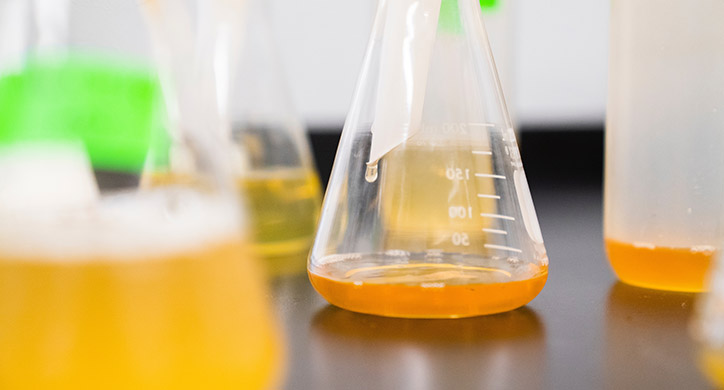From agave nectar and granulated sugar to high fructose corn syrup and molasses, sugar seems to be everywhere and added to everything. Most of us want to cut back on consuming sugar products, but somehow, they still find sneaky ways into many of the foods we eat.
And despite our team’s research on sugar’s connection to chronic diseases, like obesity, heart disease, cancer, and diabetes, we still struggle to reduce our own intake. And who can blame us? It just tastes too good sometimes.
Consider this example: The D2D team’s morning coffee…
I used stevia in my coffee for a long time, but it increased my desire for sweetness throughout the day, so I switched to a few grams of turbinado sugar and found my mid-day sugar cravings reduced.
Another team member carefully monitors glucose levels, relying on a stevia-erythritol product to reduce glucose spikes.
And another member uses a teaspoon of locally-sourced honey. Honey in coffee? Why not, I suppose…
So…which sugar choice is healthiest? Let’s start with the basics first…
What Is Sugar, Really?
If you ask a chemistry teacher what exactly sugar is, you’d most likely hear these distinct types: monosaccharides, disaccharides, and polysaccharides.
- Monosaccharides are simple sugars, or single sugar molecules like glucose, fructose, and galactose.
- Disaccharides and polysaccharides are compound sugars, which are two or more simple sugars being bonded together, like sucrose (glucose + fructose) and lactose (glucose + galactose).
In addition to each type of sugar being distinct in chemical structure, they can also differ in processing, taste, and how your body initially metabolizes it. However, they all provide our bodies with energy to keep moving…but we only need so much fuel. If we consume more sugar than our bodies need, the excess will be stored as fat.
Building with Simple Sugars
Monosaccharides are the building blocks of sugar, with glucose being the primary source of fuel in our bodies.
Glucose: What cells use directly for energy
Most foods in our everyday diet break down into glucose. Because of its simple structure, glucose is quickly metabolized in the body, thus immediately causing blood sugar to spike, giving it the highest glycemic index of 100.
Fructose: Requires the liver to process
Before converting to energy, the liver must first metabolize fructose. Because of this, consuming too much fructose can lead to fat accumulation in the liver, raise triglycerides, and contribute to metabolic issues. Often found naturally in fruits and syrups, fructose has a significantly lower glycemic index of 20, despite being almost twice as sweet as glucose.
Galactose: Found in dairy products
The body converts galactose to glucose or uses it in other metabolic pathways. This lesser sweet monosaccharide isn’t in most public health discussions because it’s generally moderated via dairy consumption.
Basic Compound Sugars: Sucrose & Lactose
Disaccharides and polysaccharides require some digestion because of their more complex molecular structure.
Sucrose: Glucose bonded with fructose
Sucrose must be broken down into glucose and fructose before it’s metabolized in your cells and liver, respectively. It has a glycemic index of 60.
Sucrose is a naturally occurring carbohydrate in many fruits, vegetables, and grains. It’s also in processed products, like granulated sugar refined from sugar canes and/or sugar beets (this includes “raw” sugars, like turbinado and demerara).
Lactose: Glucose bonded with galactose
Naturally found in milk and milk products, lactose requires the lactase enzyme for metabolization. If you suffer from lactose intolerance, you most likely have a lactase deficiency, which results in those unpleasant side effects.
Source: Sugar Nutrition Resource Board
Natural Sugar Syrups
Naturally occurring sugar syrups, like agave nectar, maple syrup, and honey, deliver sweetness without the additional processing of other liquid sweeteners and refined sugars.
Because each syrup has varying ratios of glucose and fructose, they affect the body differently so take note if you have diabetes or other health condition.
Honey
Produced by bees from plant nectar, honey contains antioxidants, small amounts of vitamins and minerals, and even has antimicrobial properties. Because of its balanced composition, honey has a similar glycemic index to table sugar at 60.
Maple Syrup
Minimally processed and derived from tree sap, maple syrup is largely composed of sucrose with a little more fructose than honey, putting it at a glycemic index of 55. Maple syrup also has antioxidants and trace minerals, like zinc and manganese.
Agave Nectar
This nectar is almost fully comprised of fructose, resulting in a slower rise in blood sugar with a glycemic index of 20. The low GI is sometimes thought to make it “better,” but excess fructose carries its own risks of liver stress and high triglycerides.
Other natural syrups, like molasses and rice syrup, are often used in refined sugar products, like brown sugar and pancake syrups, respectively.
Processed Sugar Syrups
Processed sugar syrups are made by breaking down starches into a liquid form of simpler sugars. This process includes filtering, clarifying, and concentrating the liquid. Sometimes, processors add enzymes or acids to adjust sweetness and texture, making the syrups easier to blend, preserve, and use in food manufacturing.
Fruit Juice Concentrate
Removing most of the water from fruit juice through evaporation or freezing creates a thick, syrup-like product to be reconstituted later or used as a sweetener in packaged foods and beverages. It has a glycemic index of anywhere from 40 to 70, depending on the fruit used for the concentrate.
Corn Syrup
It’s derived from corn and is composed mainly of glucose. However, depending on how much processing it undergoes, it can also contain small amounts of other sugars, like maltose. It has a GI of 75.
High Fructose Corn Syrup (HFCS)
This is a very common sweetener in sodas, drinks, and sauces. Most HFCS has a slightly higher fructose level (~55%) than table sugar. Though not as high in fructose as agave nectar, some research finds that its higher fructose content can stress the liver more than pure glucose or even sucrose.

What Research Tells Us
Research continues to prove that no matter the source – honey, cane sugar, HFCS, organic sugars – too much of any of these products can harm your health.
So don’t be fooled into thinking that cane sugar-sweetened Coca Cola is a healthy alternative to its current high fructose corn syrup form, or that small-batch candy made from organic agave nectar is nutritionally superior to its supermarket counterpart.
Interestingly, when scientists compared glucose and fructose, they found the differences aren’t huge under normal eating conditions.
But when diets are high in both fat and sugar, fructose appears to hit the liver harder—raising triglycerides and increasing fat storage.
And health organizations around the globe concur with these findings. The U.S. Dietary Guidelines for Americans recommends less than 10% of our daily calories come from added sugar; and the American Heart Association recommends limiting added sugar to a stringent 6 to 9 teaspoons per day, no matter the sugar’s source.
These limits are set with good intentions given recent findings in added sugar’s myriad ill effects. A 2022 review in Metabolism and Health Impacts of Dietary Sugars pulled together evidence linking high sugar intake with obesity, non-alcoholic fatty liver disease, cardiovascular disease, and type 2 diabetes.

When it comes to natural sweeteners, not all are created equal. Honey and agave syrup are both often marketed as “better” alternatives to refined sugar, but they behave differently in the body.
Honey has antioxidants and seems to support healthier outcomes on several metrics. In contrast, agave nectar has a lower glycemic index but packs in more fructose, which can work against its benefits, if consumed in excess.
The takeaway? Even with natural sweeteners, moderation matters. But when push comes to shove, honey – whether in your coffee or added to your oatmeal – may be the slightly friendlier option.
How can we reduce our sugar intake?
Here are some quick guidelines as to how, what, and when to consume sugars:
- Understand that all added sugars contribute to caloric load. Overconsuming any sugars – glucose, fructose, honey, corn syrup, and so on – will contribute to weight gain risk, dental issues, insulin resistance, heart disease, and other chronic conditions.
- Limit overall added sugar intake to recommended amounts. Try to stick with the equivalent of no more than 6 packets (or 6 teaspoons) of sugar a day. For example, a 12-oz. can of Coke has almost 10 teaspoons of sugar, and a 20-oz. bottle of Gatorade has 9 teaspoons.
- And limit no and low-calorie sweeteners, too. Many of these products have been shown to have harmful effects on our health. Aspartame, saccharine and sucralose can harm our cardiovascular health and gut microbiome, and xylitol and erythritol can negatively affect cognition and blood clotting.
- Choose whole foods. Fruit, vegetables, and dairy products naturally contain sugar as part of their nutrient profile. Plus, they include all sorts of important nutrients and fiber to improve health and fill you up for longer.
- When you want sweets, pick higher quality options. Natural options, like honey and maple syrup, tend to have antioxidants and trace nutrients. Plus, they aren’t usually consumed in large, concentrated doses, like processed syrups.
- Hidden sugars are everywhere! Read the ingredients list, especially in food products like drinks, snacks, cereals, dressings, breads and sauces. Look out for ingredients ending in “-ose” (e.g., maltose, dextrose), and that organic sugar is still sugar.
- Use flavor-boosting enhancements. Including ingredients like spices like tumeric, citrus, herbs, vinegars and wine to your recipes can help you reduce added sugars without losing taste.



















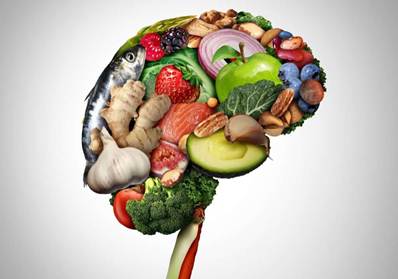


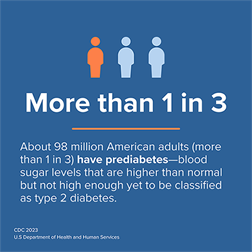 But many of us may be accidentally sending our hormones the wrong instructions. According to the
But many of us may be accidentally sending our hormones the wrong instructions. According to the  Produced by the pancreas, it responds to carbohydrates by clearing sugar from the blood and directing it to be stored or used for energy.
Produced by the pancreas, it responds to carbohydrates by clearing sugar from the blood and directing it to be stored or used for energy.
 Cook up some fresh asparagus, add fresh-squeezed lemon, a sprinkling of olive oil, and a sprig of rosemary, and voila! You’ll have yourself a bistro-worthy creation to enjoy al fresco!
Cook up some fresh asparagus, add fresh-squeezed lemon, a sprinkling of olive oil, and a sprig of rosemary, and voila! You’ll have yourself a bistro-worthy creation to enjoy al fresco!




 Advocates claim it reduces inflammation, improves mental clarity, and helps manage glucose levels, and promotes weight loss. However, the reported benefits of this diet are more anecdotal than clinical. In fact, multiple studies cite the dangers of this diet, including
Advocates claim it reduces inflammation, improves mental clarity, and helps manage glucose levels, and promotes weight loss. However, the reported benefits of this diet are more anecdotal than clinical. In fact, multiple studies cite the dangers of this diet, including 
 For instance, high consumption of saturated fats like beef tallow – which
For instance, high consumption of saturated fats like beef tallow – which  Yes, ACV can slightly
Yes, ACV can slightly  Experts generally agree that most people, especially women and older adults,
Experts generally agree that most people, especially women and older adults, 

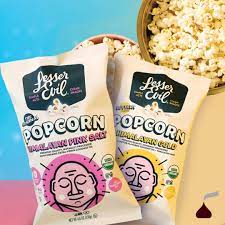
 General Mills has teamed up with
General Mills has teamed up with 

 This isn’t just about cooking with oil. It’s part of a broader philosophical divide. As institutional trust declines, many are turning to tradition and nature for guidance—assuming, sometimes wrongly, that these values offer more than modern science.
This isn’t just about cooking with oil. It’s part of a broader philosophical divide. As institutional trust declines, many are turning to tradition and nature for guidance—assuming, sometimes wrongly, that these values offer more than modern science.



 RFK is right: so many Americans are unhealthy.
RFK is right: so many Americans are unhealthy.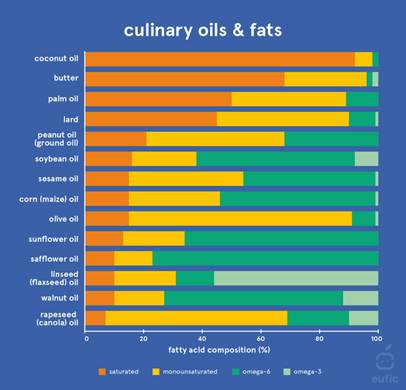



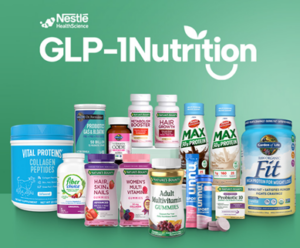 Brands like
Brands like 
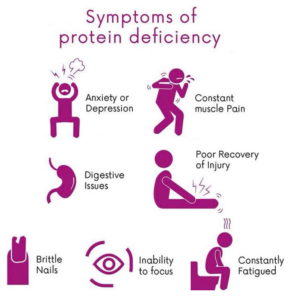






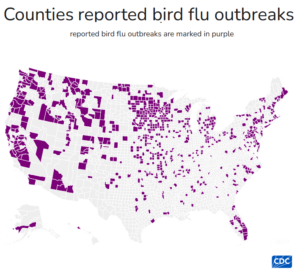
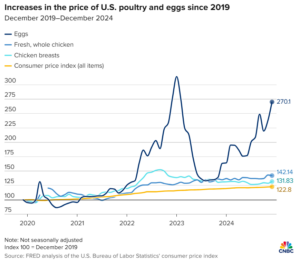
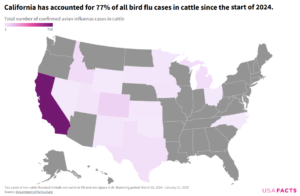
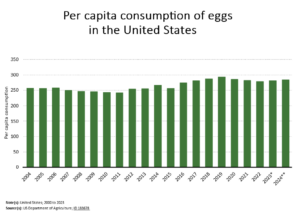
 A local supermarket worker described the retail situation in simple terms: “Eggs come in on Friday’s truck. By Monday, they are pretty much gone.”
A local supermarket worker described the retail situation in simple terms: “Eggs come in on Friday’s truck. By Monday, they are pretty much gone.”

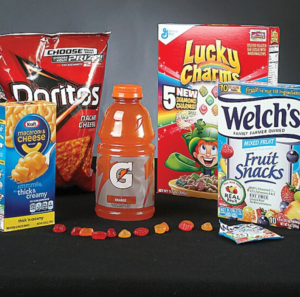 The FDA’s decision to act on Red Dye No. 3 after decades of inaction may signal a shift towards more proactive regulation of food additives.
The FDA’s decision to act on Red Dye No. 3 after decades of inaction may signal a shift towards more proactive regulation of food additives.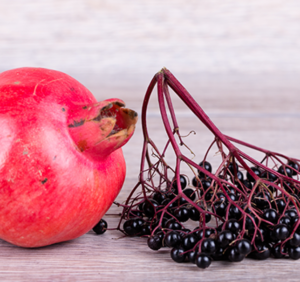 There are many substitutes for Red Dye No. 3, such as beet juice, purple sweet potato extract, red cabbage extract, carmine, and pomegranate juice. These natural substitutes align with growing consumer preferences for clean-label ingredients. After all, many of us would rather consume pomegranate juice in Jell-o than red dye.
There are many substitutes for Red Dye No. 3, such as beet juice, purple sweet potato extract, red cabbage extract, carmine, and pomegranate juice. These natural substitutes align with growing consumer preferences for clean-label ingredients. After all, many of us would rather consume pomegranate juice in Jell-o than red dye.

 Spinach:
Spinach: 





 As for the salad…
As for the salad…






 This vitamin is essential for a healthy body, as it helps develop red blood cells,
This vitamin is essential for a healthy body, as it helps develop red blood cells,

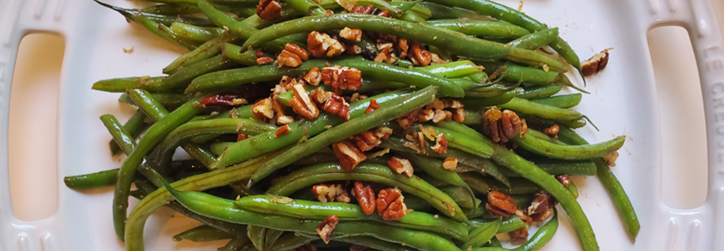



















 All-natural
All-natural 



 While protein can help you feel full and satisfied, consuming more protein than your body needs doesn’t magically become muscle…
While protein can help you feel full and satisfied, consuming more protein than your body needs doesn’t magically become muscle…







 They’re found in almost every culture and cuisine. Historians
They’re found in almost every culture and cuisine. Historians 























 Dental benefits
Dental benefits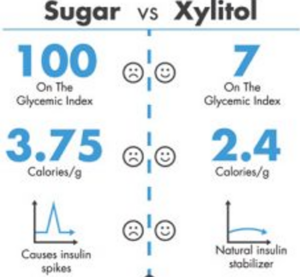 Glycemic control
Glycemic control




















































 Consider pairing this cheesecake with a
Consider pairing this cheesecake with a 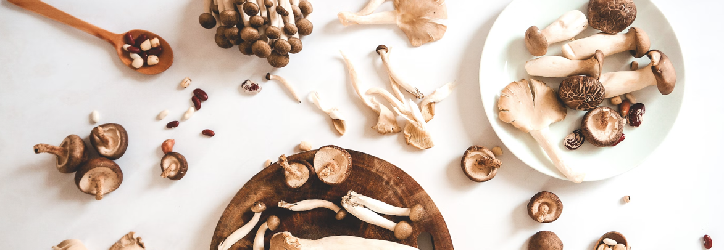


 Coincidentally, our next healthiest protein to grill is lean beef. Like we said above, we do not recommend replacing all red meat with non-meat substitutes, simply because
Coincidentally, our next healthiest protein to grill is lean beef. Like we said above, we do not recommend replacing all red meat with non-meat substitutes, simply because  Fish is not only great cooked on the grill, but it’s also extremely good for us! Whether it’s a white fish like tilapia and cod, or
Fish is not only great cooked on the grill, but it’s also extremely good for us! Whether it’s a white fish like tilapia and cod, or 































































































